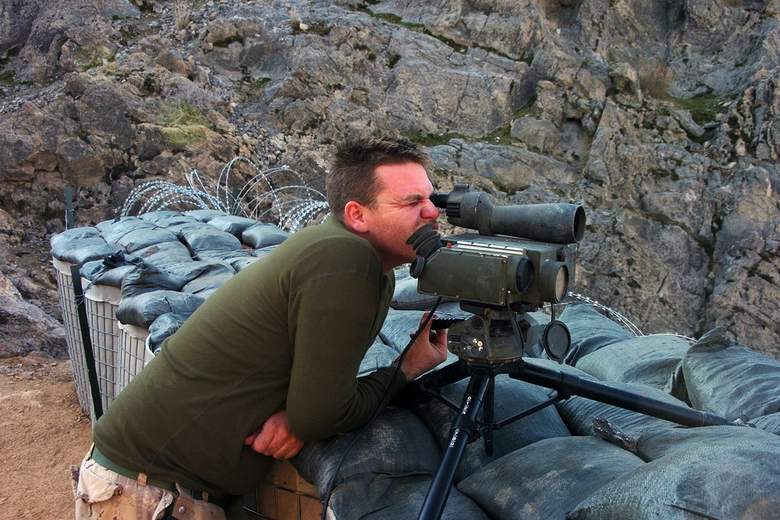
Laser technology has revolutionized the world due to its peculiar characteristics. Latest scientific development has generated newer devices that are serving in almost every field. Laser device emits light through the process of light amplification. There is a variety of products that are used for laser measurement. Multiple speed guns, measuring distances, industrial sensors, Laser Range Finders, measuring speed, azimuth, diameter, and position, are some devices that are integrated with laser technology.
Working off a rangefinder:
Laser range finder (LRF) is a device to determine the distance of an object up to 20 km. It sends a laser pulse towards the object and the time taken to reflect off the pulse, and its return is measured. To prevent the rangefinder from being jammed, this pulse is coded. Doppler Effect techniques are used to identify that how fast the object is moving away or towards the rangefinder. In a current step function, a rise time and fall time term is used. It means that the time required by a signal to change from a said low value to specified high value.
Receiver speed and the rise & fall time of laser pulse determine the precision of device. The fast detector and sharp laser pulse instruments have the ability to range the object just within few millimeters. When there are air bubbles present in the air, laser beam got divergences in its path, despite being a narrow range beam.
Reflection offers multiple frequencies; it is phases shift that upon solving yield a final measure.
Applications:
This target oriented instrument frequently used in Military. Military range finders have a range from 2km to 25 km. Features include digital magnetic compass, wireless interfaces, night modules, and elevation measurement through inclinometer. Commonly the device is mounted on a tripod or directly on a gun platform or vehicle. These are laser guided weapons that are integrated with computers.
Another extensive application of LRF is 3D modeling in object recognition. They have an ability of scanning with high precision. These instruments used in computer vision applications often have a less or about tenth millimeters resolution.
Forestry has a use of LRF. Reflectors are used, and anti-leaf filters help to work the device. They are also used in sports for distance measurements. Golf, archery, and hunting are some examples.
Steel industry production process and automation of stock managements also use laser technology rangefinders.
Some versatile laser range finder:
There is some super Laser Range Finder are being discussed that are super and versatile worldwide. For instance, TruPulse Laser Range Finder is the most compact and affordable one. These powerful devices are just not only measuring tools rather their features, and quality go beyond this measurement characteristic. Inclination, slope distance, and azimuth are measured instantly plus vertical and horizontal distances are simply measured by pushing a click.
It has a built-in inclinometer that enables far off distant target measurement. Tree height is also measured with an excellent magnification of 4X. TruPlus 200X is a ruggedized water resistant device that is compatible with any environment. Its LED display is bright red that enable it to work in the low light environment. Its Bluetooth module is compatible with Android systems, Windows, and iOS mobiles.
Missing line routine measurement is done in 2D. Shots on two remote targets calculate the (distance x inclination) for these two remote targets. Azimuth is measured by an integrated compass. Multiple targeting modes are installed in it for farthest, closest, continuous and reflector/filter.
Three shot height routine is used for upright targets in case of obscured top or base.
Nikon Forestry Pro Laser Range Finder is a professional one. It is termed as industry successor of formerly launched version forestry 550. It measures the accurate dimensions of three point heights. It is also water proof and built in with all other distinct features of identifying actual height, distance, and positions. It yields a 6x zoom and end results is attained in yards, feet, and meters.
Right measurements for correct targets are done due to in-scope data display and superior optics. Enabling closest or farthest mode make the laser sensor to ignore any obstructions behind or in front of the desired target.




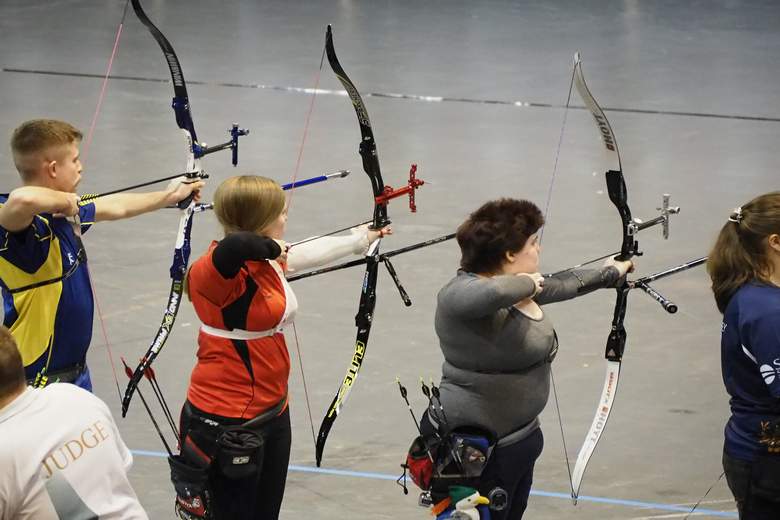
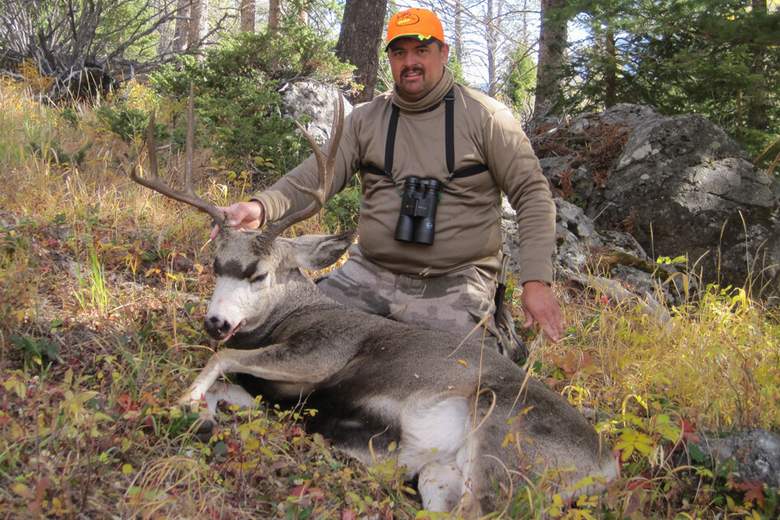
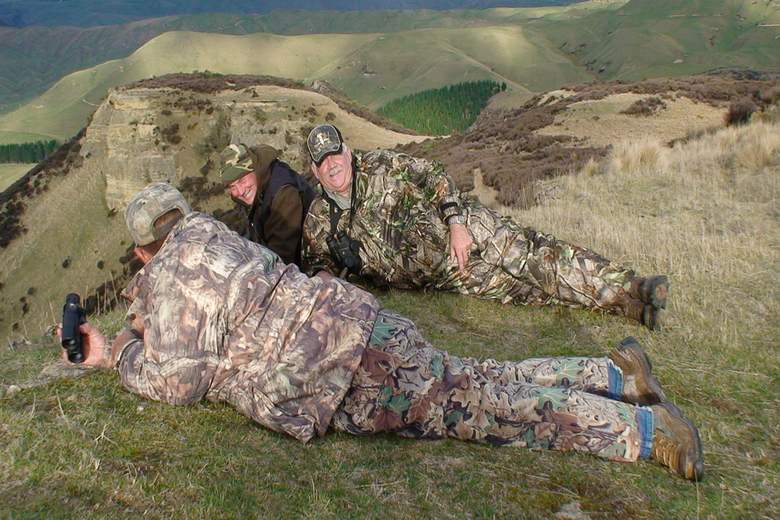
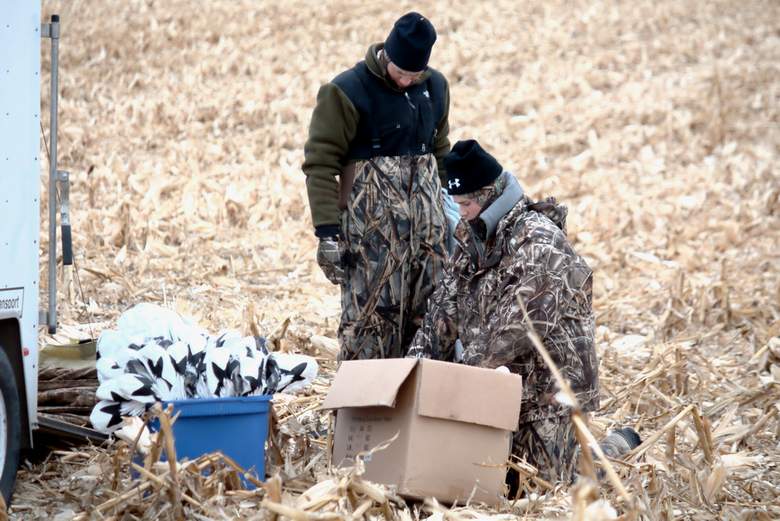
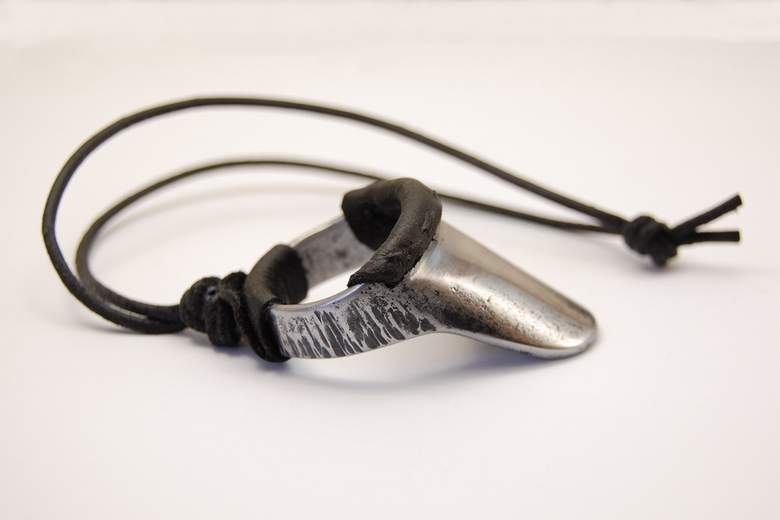


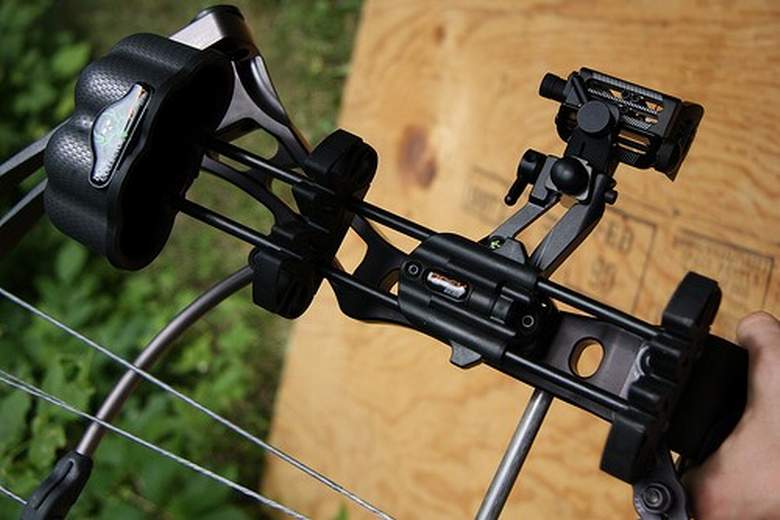
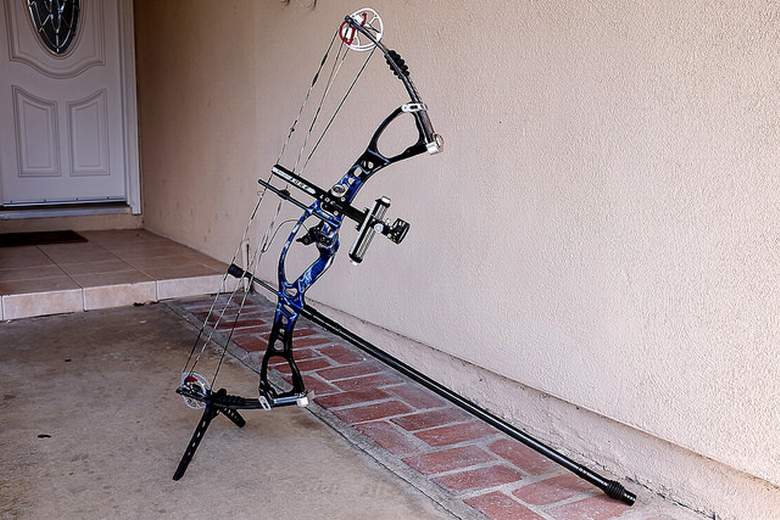
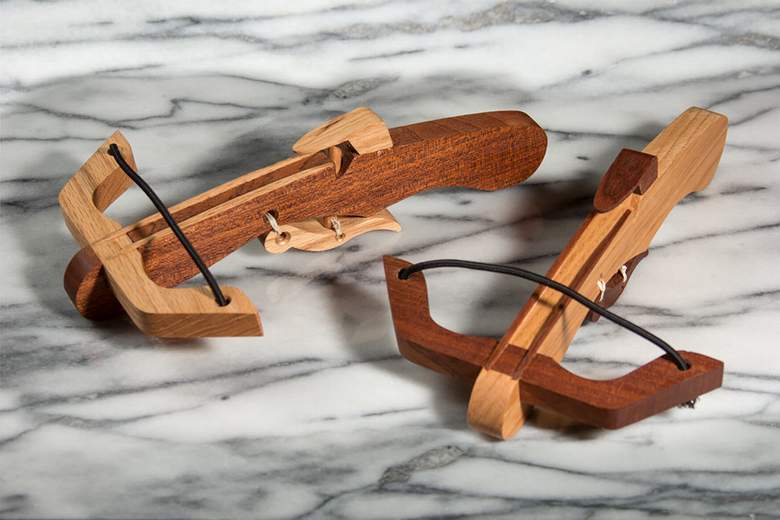

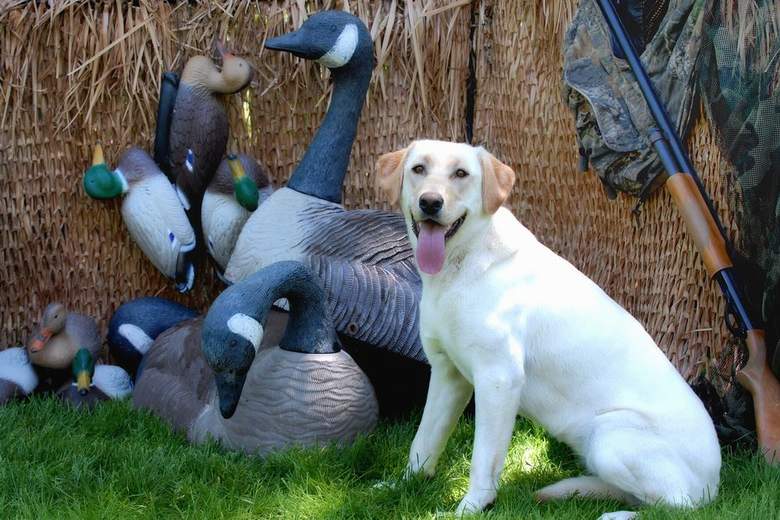
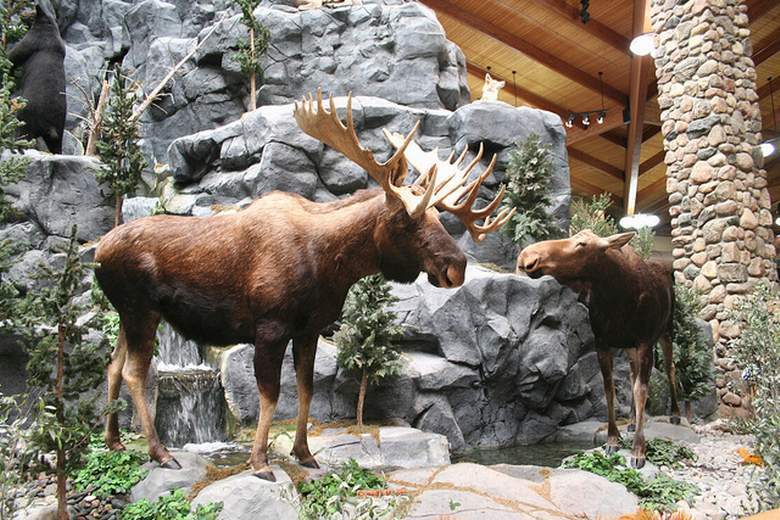
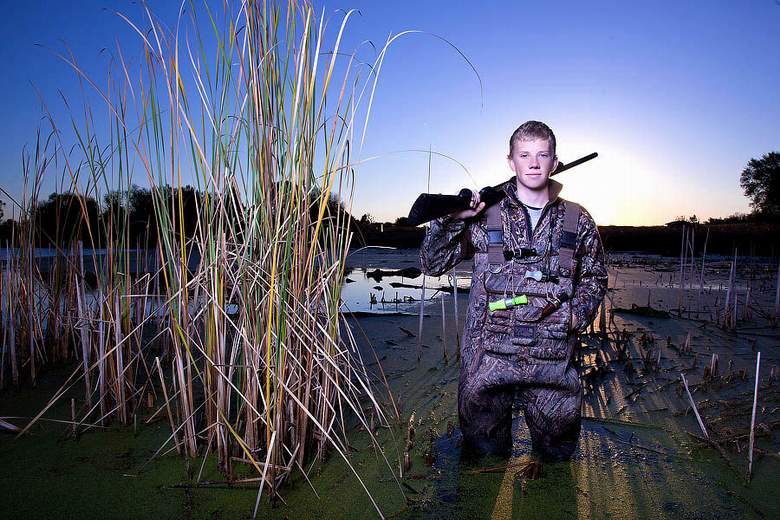

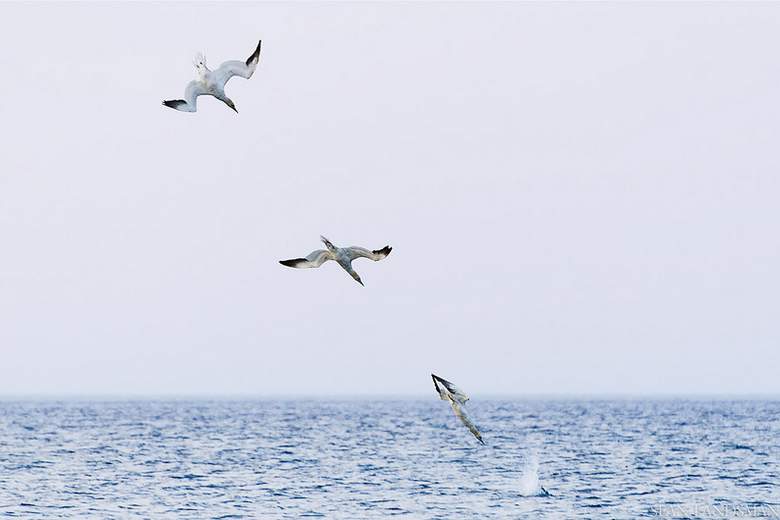
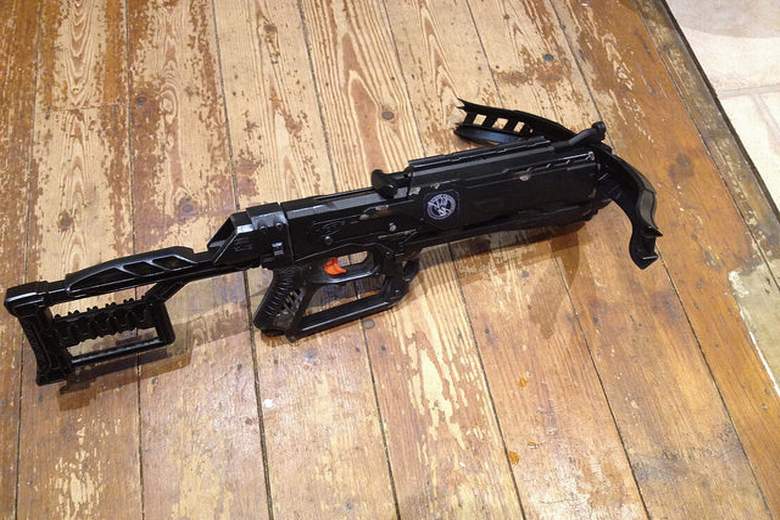


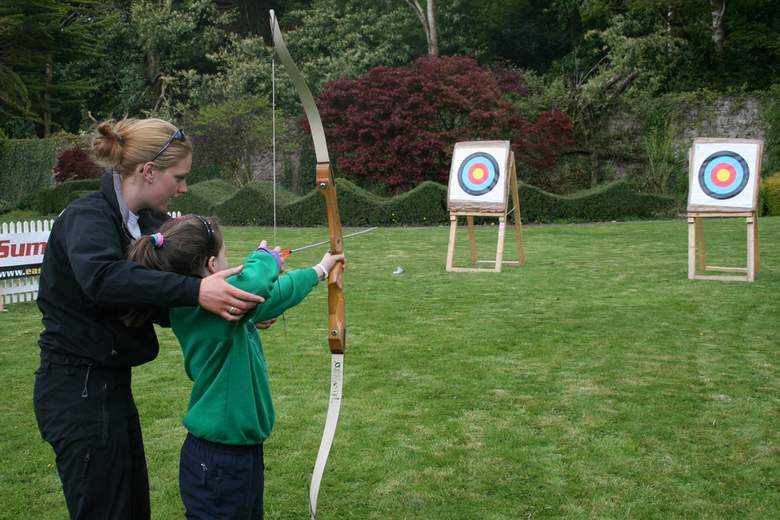



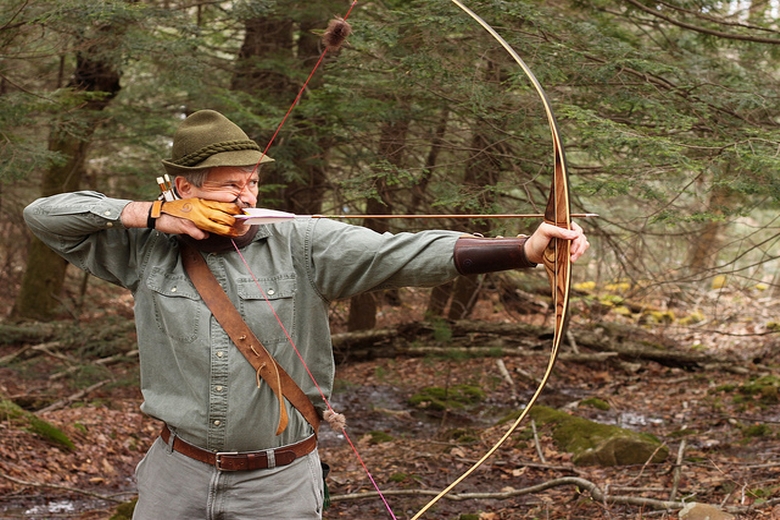
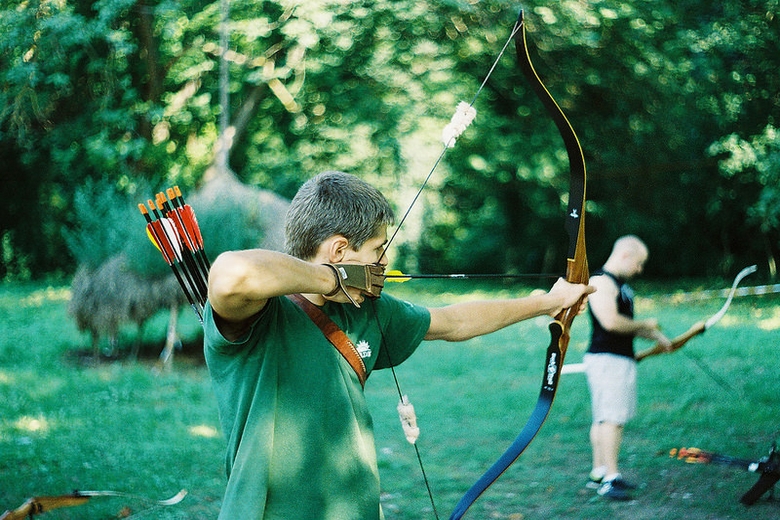
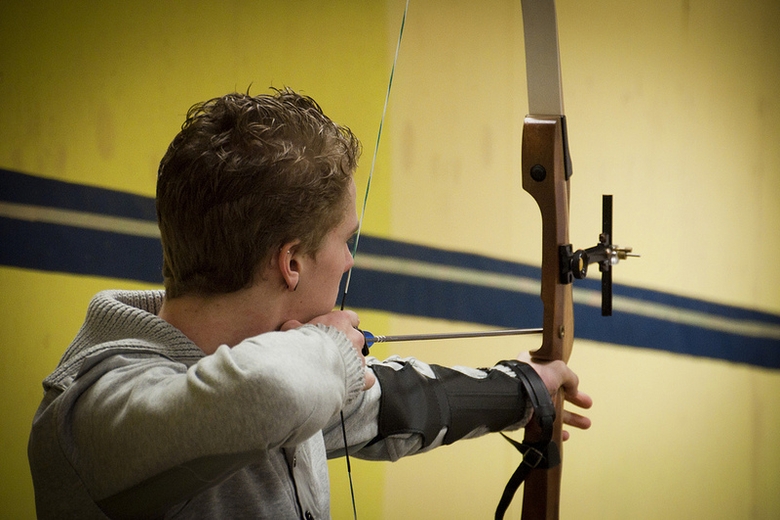


Comments
Submit Comment